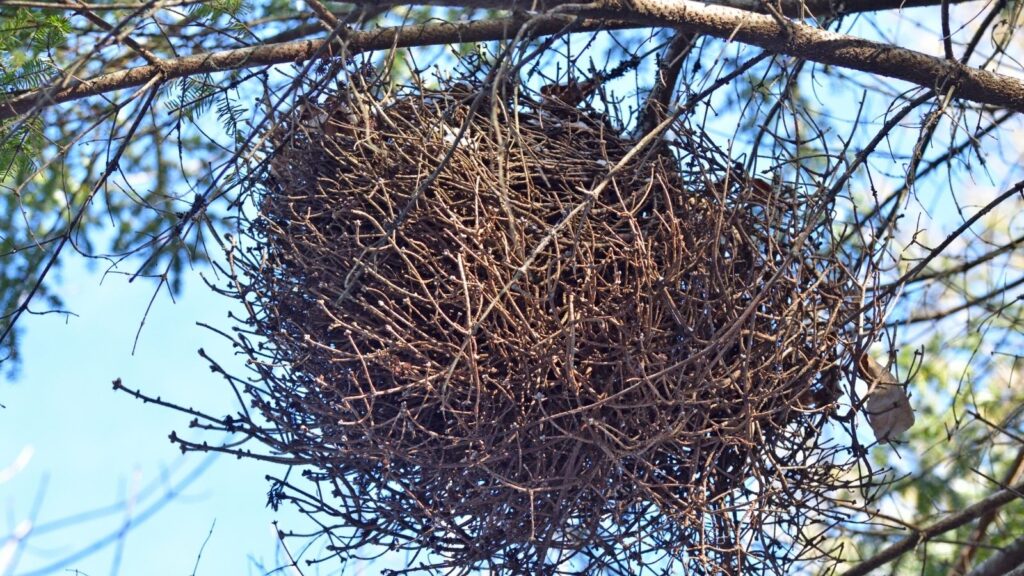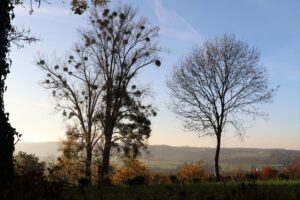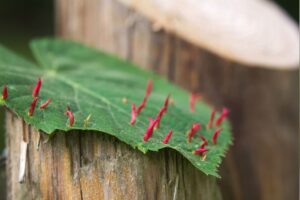Lancashire is well known for its history of witchcraft, with the trials of the twelve Pendle witches in 1612 one of Britain’s most famous witch trials. But these aren’t the type of witches’ brooms we’re talking about!

Lancashire is well known for its history of witchcraft, with the trials of the twelve Pendle witches in 1612 one of Britain’s most famous witch trials. But these aren’t the type of witches’ brooms we’re talking about!

In fact, you’ve probably already spotted a witches’ broom in a tree. These strange looking growths are nothing to do with an errant witch crash landing, they’re a common deformity in trees.
Also called phyllanthies chloranthies, or virescences, they’re often mistaken for a very messy bird’s nest. However, they are actually large bunches of leaves, twigs, or even roots that have grown from one point on a tree. They vary in size, and some trees are prone to them and grow lots of these witches’ brooms.
Why do some trees grow witches’ brooms?

Witches’ brooms are actually a type of gall, like the oak apple gall, the lime nail gall, and rose gall. Like other galls, they’re caused by fungus, viruses, bacteria, or insects. As they can form on most tree species, the cause depends on the species of tree, and which types or organism that species is susceptible to.
The actual build-up of material happens because the buds that control the growth of twigs lose control and grow lots of side shoots from the same bud. These grow at random giving the messy birds nest or witches’ broom appearance. These can keep growing year after year, becoming bigger and messier as time goes on.
Although witches’ brooms are caused by a tree acting in way it wouldn’t normally, they don’t usually have an impact on tree health. The rest of the tree should continue to grow as normal, although they don’t usually grow leaves.
Depending on the location, some people might like to remove these growths, just for aesthetics. A professional tree care expert will most likely be able to solve the problem. However, they’re completely natural, so there is no harm whatsoever in leaving them.
Can you find a witches’ broom?
Autumn is a great time to spot witches’ brooms. As they’re so common, you should be able to spot them in any wooded area. Why not try one of our circular river walks this weekend and, whilst you are exploring the outdoors, look up and see what you can spot.

